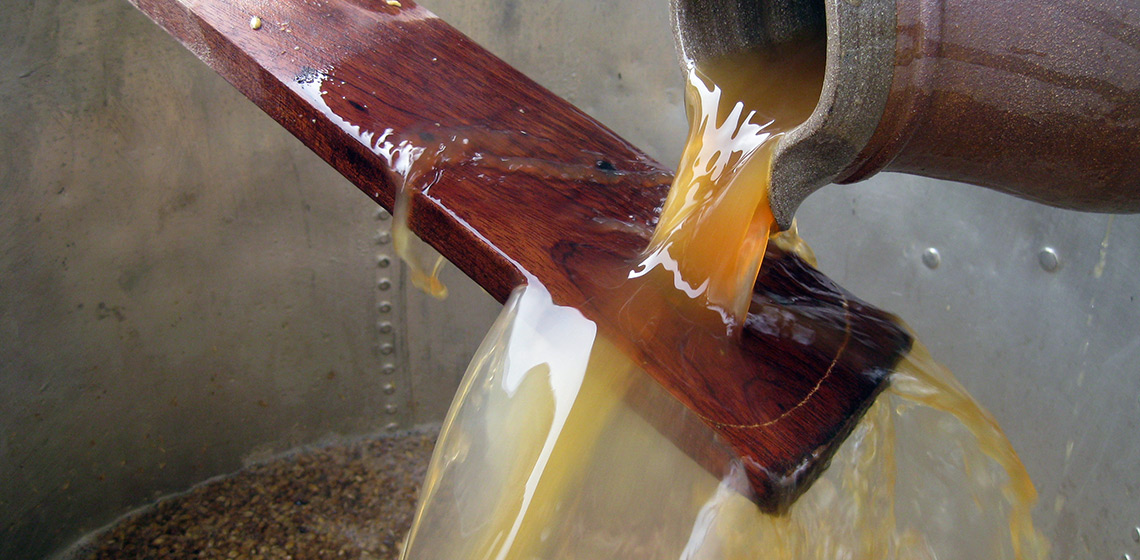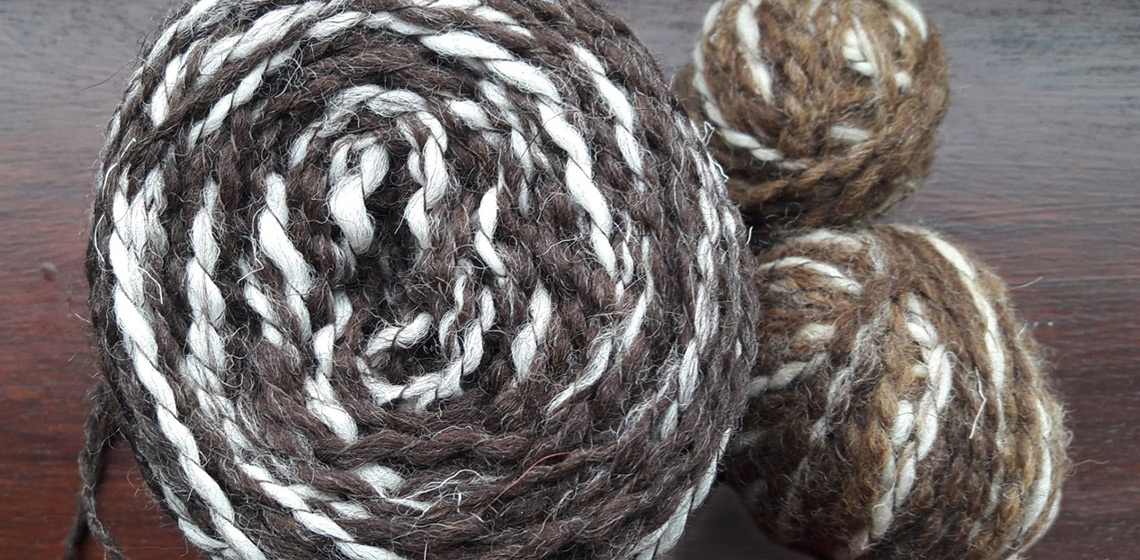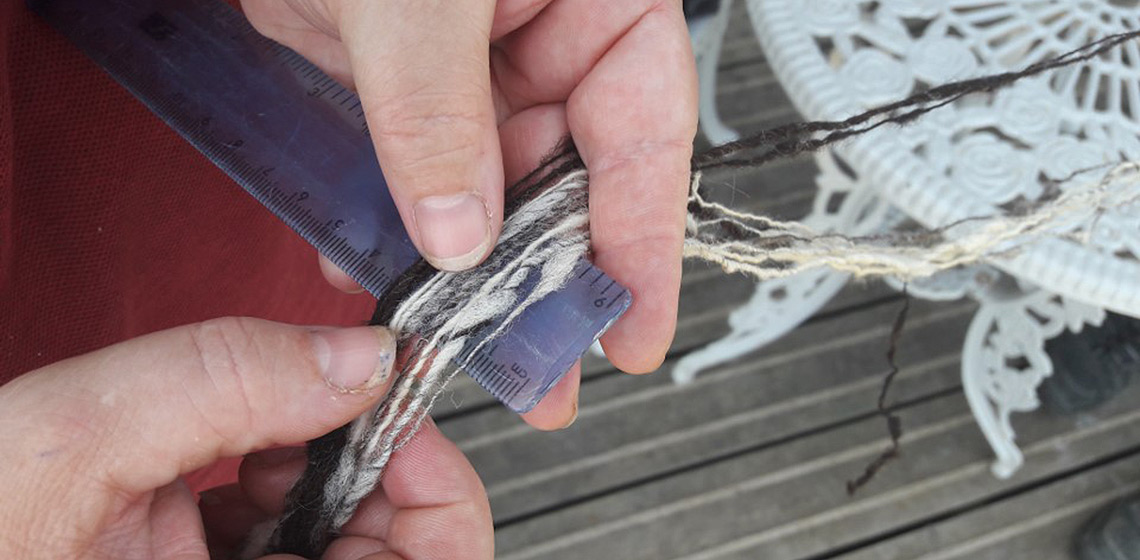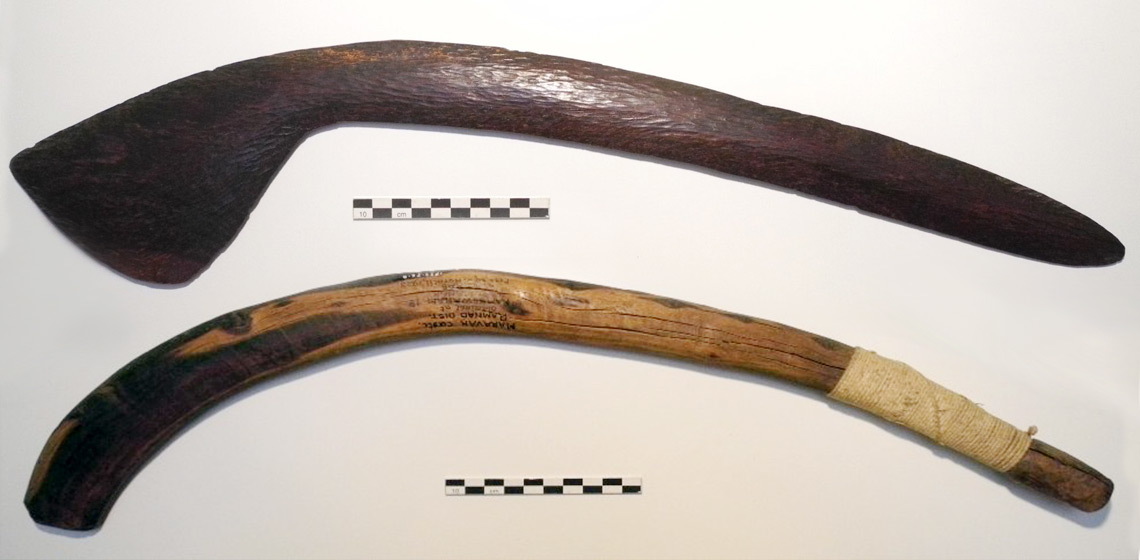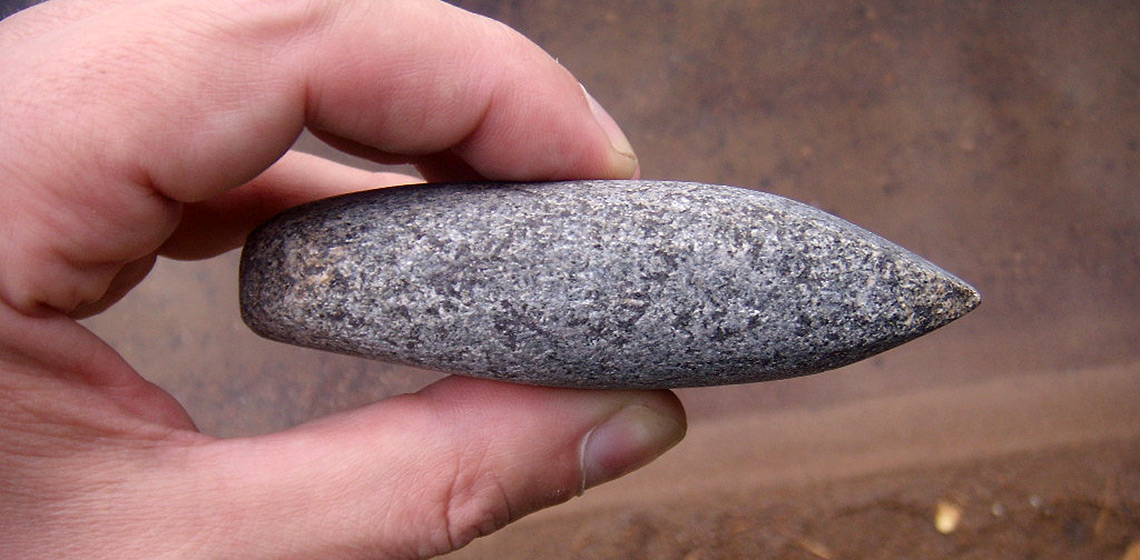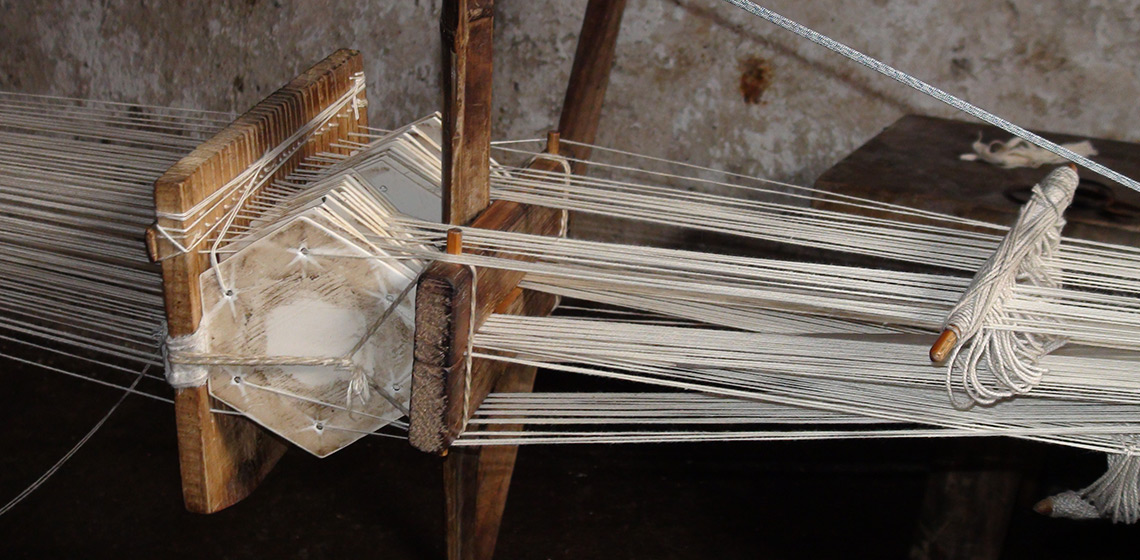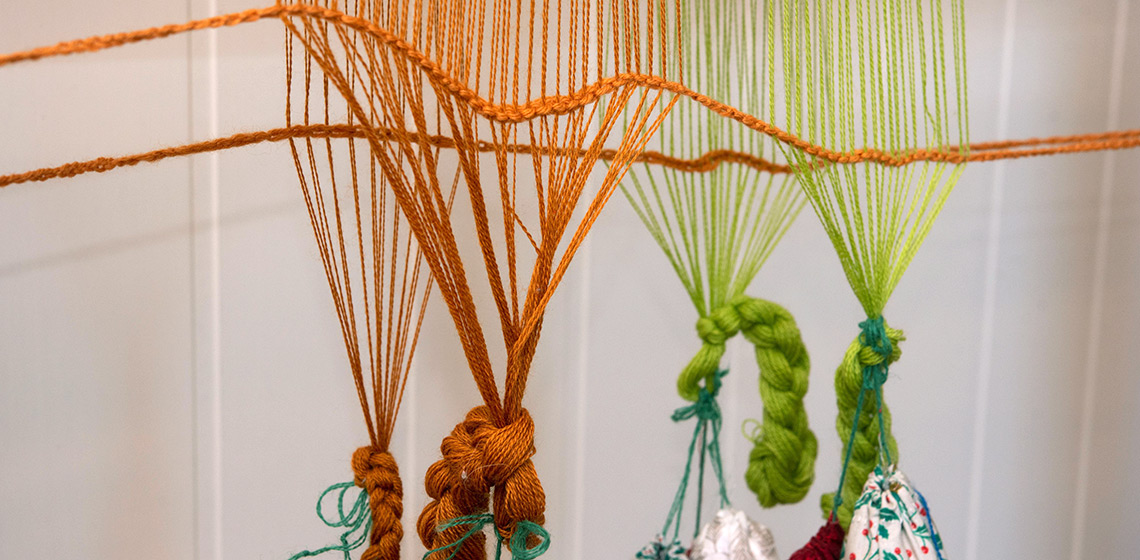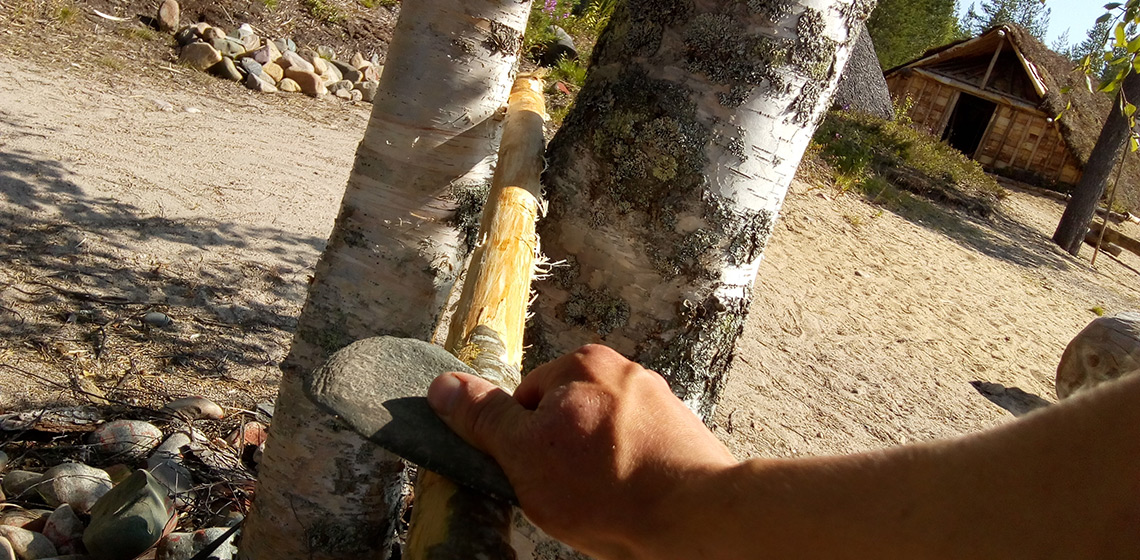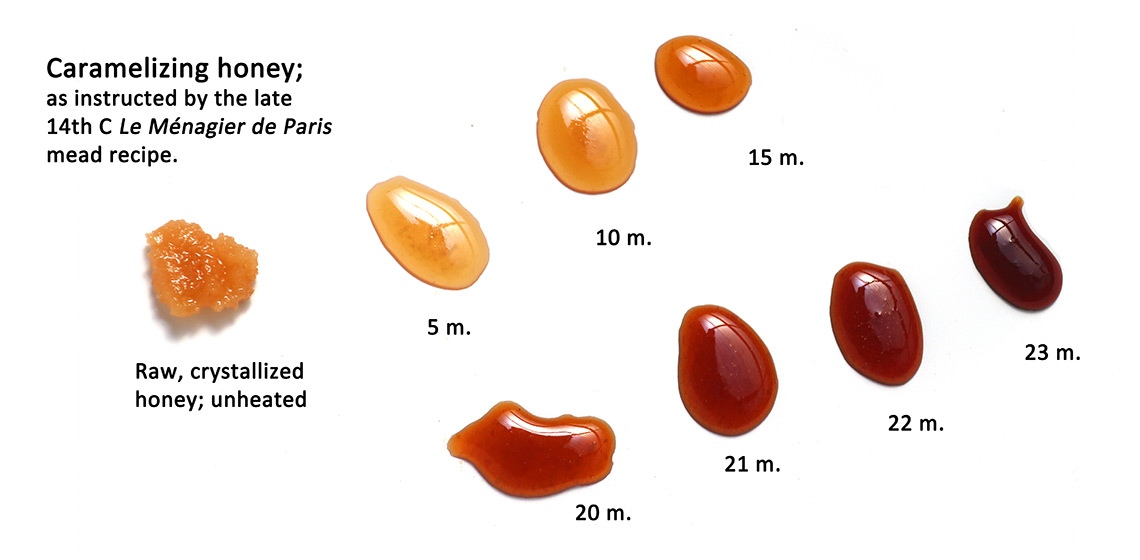Ancient Technology
Just how practical is it to Move a Warp-weighted Loom from between the Interior and Exterior of a Roundhouse?
Weaving Production in Butser Ancient Farm Roundhouses in the South of England
The Process of Making Schist Axes of Paja Ul Deˀŋ – “The People of Big Water”
A Shared Warp: The Woven Belts of the Lao Han People, China
The renowned weaver Peter Collingwood briefly mentioned such belts in his book The Techniques of Tablet Weaving (Collingwood, 1982, pp.219-220). Not long before he died in 2008, he contributed a couple of pages on these belts to the book Minority Textile Techniques: Costumes from South-West China (Collingwood, 2007, pp.28-29).
The Shroud of Turin and the Extra Sheds of Warping Threads. How Hard can it be to Set up a 3/1 Chevron Twill, Herringbone on a Warp-weighted Loom?
Neolithic Bow Build at Kierikki Stone Age Centre (FI)
Techno-functional Study of the Personal Ornaments in Lignite of the Boira Fusca Cave (Cuorgnè, Torino-Italy)
***This paper aims to present a techno-functional study of lignite ornamental objects found during the Fedele excavations (1977-1980) in the Boira Fusca Cave (Cuorgnè, Salto-Turin, Italy). The site demonstrates a chrono-cultural sequence which extends from the late Palaeolithic to the Modern era...

